Explore the fascinating bat species of Kruger National Park. Discover their unique adaptations, behaviours, and vital roles in maintaining the park’s ecosystem.
The Quiet Custodians – How Rodents Keep the Kruger Bush Balanced (and Fed)
Discover how rodents in Kruger National Park play a vital role in maintaining ecosystem balance. Learn about their habits, importance, and how to spot them near Needles Lodge in Marloth Park.
In the great African wild, it’s the elephants, lions, and leopards that steal the spotlight. Cameras click, hearts race, and stories are told around the boma beneath a billion stars.
But while the giants of Kruger command our awe, it's the small, scurrying, often overlooked rodents that quietly keep the ecosystem ticking.
You may not even notice them at first — a twitch in the grass, a flick of a tail in a tree. But these tiny mammals play an outsized role in keeping the bush alive and well.
Let’s take a closer look at the rodents of Kruger National Park — a misunderstood family of mammals that do a whole lot more than just nibble.
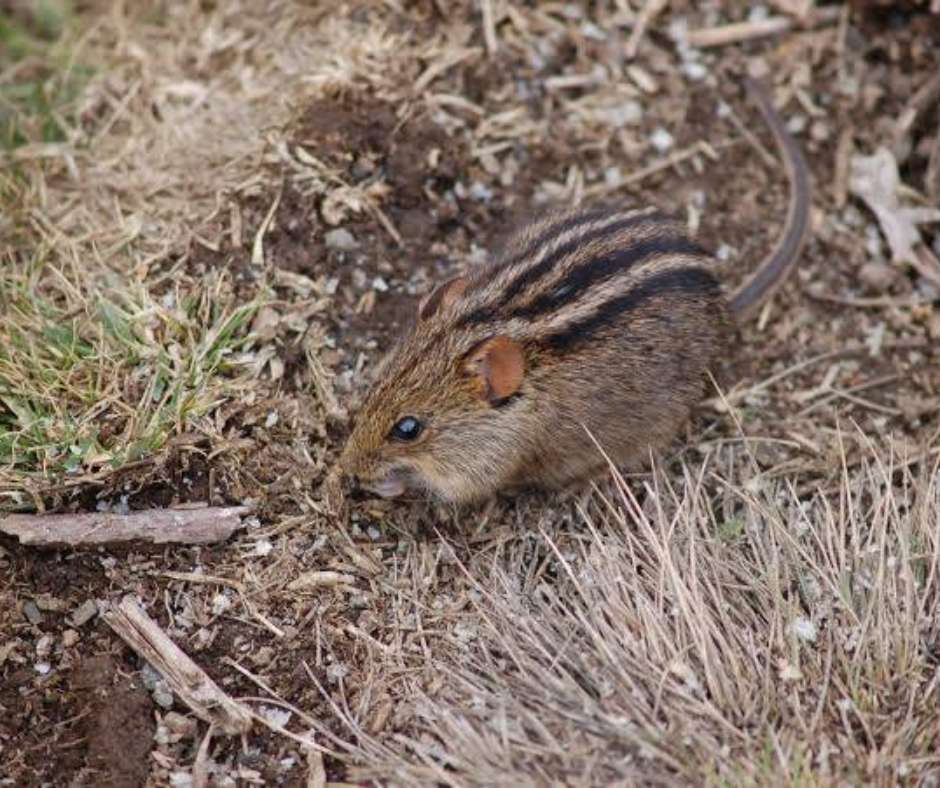
Not Just Rats and Mice
First, let’s clear something up.
The term “rodent” doesn’t just mean rats and pantry pests.
In Kruger, the rodent roster is long and impressive, including:
- The bushy-tailed Four-striped Grass Mouse
- The elusive Greater Cane Rat
- The underground-dwelling Mole Rat
- The agile Tree Squirrel
- The aquatic Vlei Rat
- The striking Pouched Rat, with eyes like polished beads
- The Porcupine (a rodent in a suit of armour!)
- Plus the Elephant Shrew — not technically a true rodent, but so frequently lumped in due to size and lifestyle that it's earned honorary membership. These fast-footed insectivores dart like wind-up toys and play an essential role in Kruger’s ground-level food chain.
In fact, rodents (and rodent-like allies) make up the largest order of mammals in the park. And while they might be small, their ecological role is anything but.
Soil Turners, Seed Planters, Life Givers
Rodents are natural gardeners. As they forage for seeds, nuts, roots, and grasses, they:
- Scatter seeds far and wide
- Aerate the soil through burrowing
- Speed up decomposition by breaking down plant matter
It’s these small acts — repeated thousands of times — that help shape the vegetation of the Lowveld.
In short? Without rodents, many of Kruger’s plants wouldn’t grow where they do. They’re like tiny, tireless landscapers — keeping the bush trimmed, turned, and ready for the next season’s bloom.
Looking to understand more about nature’s underground workers?
🪨 A Walk Through Time – Geological Wonders of Kruger
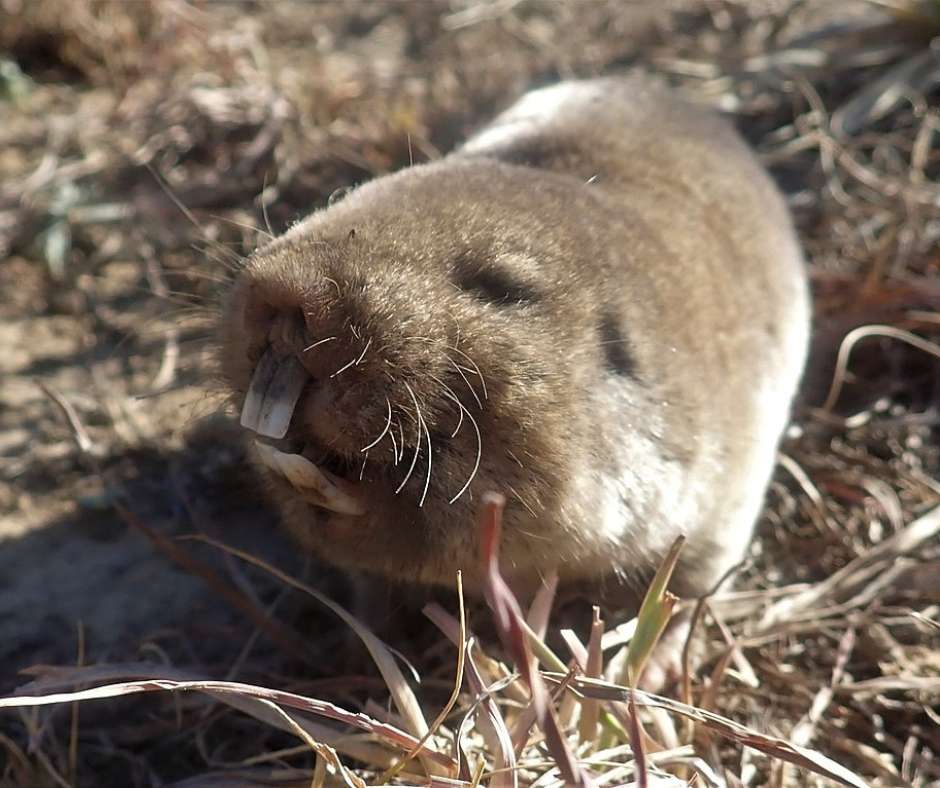
Snack for Many, Sustainer of Most
Rodents are also a critical food source for a huge variety of animals — especially when the dry season bites.
Their fast reproductive cycle and abundance make them the perfect snack for:
Jackals, caracals, and genets
Martial eagles and snake eagles
Snakes like the boomslang and
And of course, owls — especially the Spotted Eagle Owl
Remove rodents from the equation, and the food web starts to crumble. From birds of prey to ambush predators, countless species rely on the endless energy and numbers of these mini mammals.
Want to explore more about Kruger’s winged hunters?
🦉 The Spotted Eagle Owl – Silent Sentinel of the South
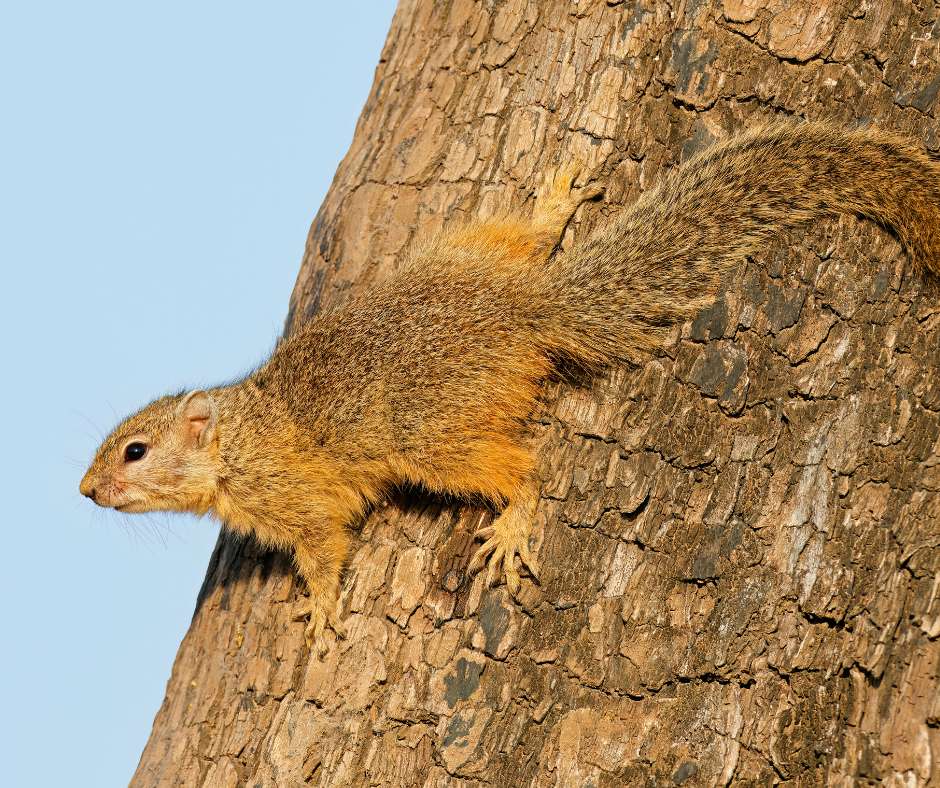
The Rodent Reality: Fascinating Behaviours
Rodents in Kruger aren’t just background noise — they have remarkable lives worth observing (if you’re lucky enough to spot them):
- Tree squirrels live in tight-knit family units and are often seen sunbathing on branches during chilly mornings in Marloth Park.
- The Greater Cane Rat is an excellent swimmer and mostly nocturnal — rarely seen, but sometimes heard near wetland areas.
- Mole rats live in complex tunnel systems and even farm underground fungus in some species.
- The Multimammate Mouse (yes, really) can reproduce at a lightning pace — one reason predators thrive even during lean times.
- And the Elephant Shrew, with its long snout and turbo-charged legs, zips through leaf litter in search of insects. Though not technically a rodent, its ecological niche and size make it a key character in this ensemble.
And while most remain hidden, guests at Needles Lodge may occasionally spot a tree squirrel darting between branches or peeking from the thatch at dusk — harmless, charismatic, and very much a part of the local ecosystem.
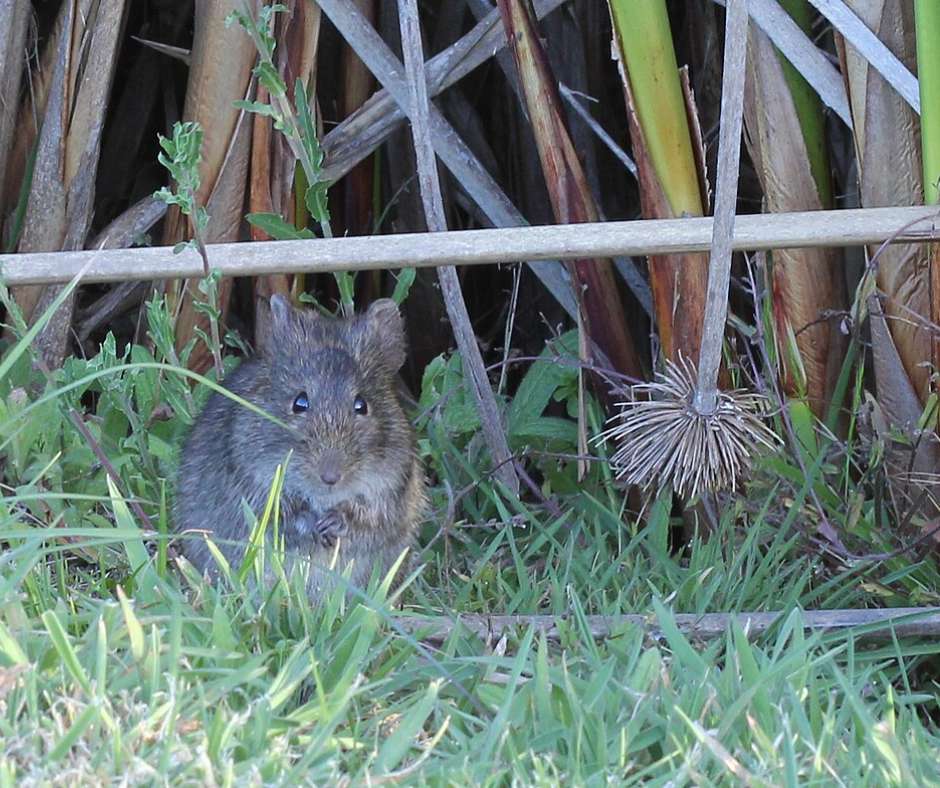
Guardians of the Grasslands
While their diet might seem simple — seeds, roots, insects — rodents play a huge role in shaping the bush. They:
- Help prevent overgrowth by keeping grass and shrub layers in check
- Allow grazers and browsers like impala and kudu better access to vegetation
- Dig and fertilise the soil in small but essential ways
This delicate balance ensures that open plains remain open, and that wildlife has access to a healthy mosaic of food sources.
It’s all connected — from the nibble of a mouse to the hoofbeats of a wildebeest.
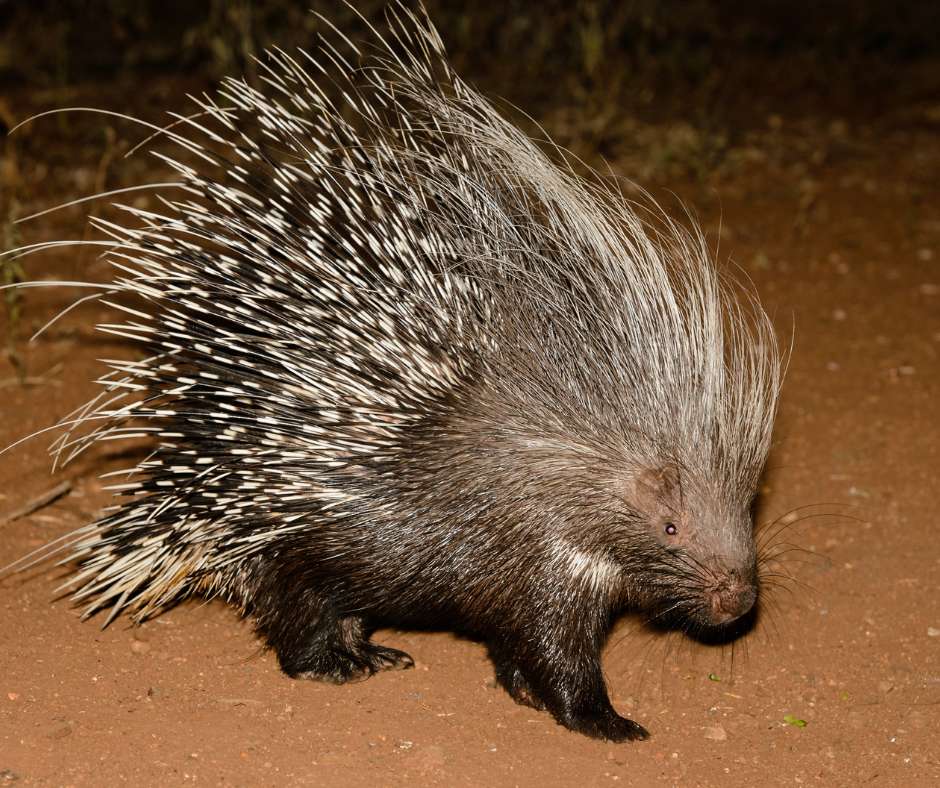
Adaptable, Resilient, but Not Invincible
Rodents have survived for millennia thanks to their intelligence, adaptability, and speed — but they’re not immune to threats. These include:
- Habitat degradation from human development
- Poisoning, especially near farms and urban edges
- Invasive predators, like domestic cats and dogs
Protecting rodents means protecting the web of life that depends on them. And when you stay at eco-sensitive lodges like Needles, you’re helping to preserve these systems — from the ground up.
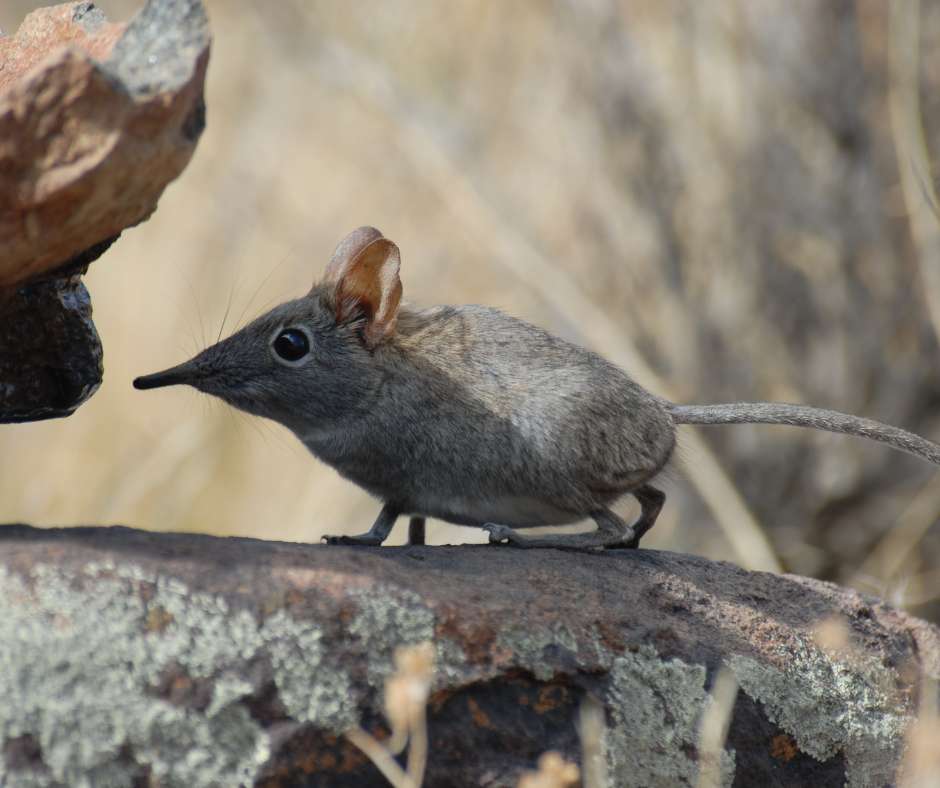
Rodents and Humans – More Connected Than You Think
In rural South Africa, rodents have long played roles in:
- Folklore and oral storytelling
- Sustainable bushmeat practices (the Cane Rat is considered a delicacy in some regions)
- Agriculture, as both pest and soil-turner
- And even medical science, thanks to their genetic versatility and robust immune systems
They also serve as environmental indicators — a rich variety of rodents often signals a healthy ecosystem.
Stay Small, Think Big
So next time you hear a rustle in the bush or spot a flash of fur in the trees, don’t be too quick to dismiss it.
It might be a striped mouse, a foraging squirrel, or something you’ll never see — but that’s always working behind the scenes.
Because in Kruger, it’s the small creatures that hold up the big ones,
And the quiet workers that keep the wilderness loud with life.
Plan Your Visit to the Wild Side of Small
Want to learn more about Kruger’s lesser-known heroes?
📚 Lesser-Known Animals of Kruger – A Family Guide
🌿 Discovering South Africa – A Family Guide to Needles Lodge
Whether you’re a seasoned wildlife enthusiast or bringing the kids on their first safari, Needles Lodge in Marloth Park is the perfect base to experience Kruger’s full spectrum — from giants to ground-dwellers.
Further Reading
Kruger National Park transforms into a mysterious nocturnal world at twilight, revealing its captivating nocturnal creatures, each uniquely adapted to the dark. The elusive leopard, the independent African wildcat, the acrobatic bush baby, the stealthy spotted hyena, and the enigmatic civet are just some of the fascinating species that embody the vibrancy and diversity of Kruger's nightlife. This nocturnal safari offers a unique experience to wildlife enthusiasts, promising an unforgettable adventure into...
Did you know that the Cape Porcupine is the largest rodent in Southern Africa? This species is found throughout southern and central Africa, including South Africa, Kenya, Uganda, and the Congo. And as the official Needles Lodge logo it’s one of our favourite animals!

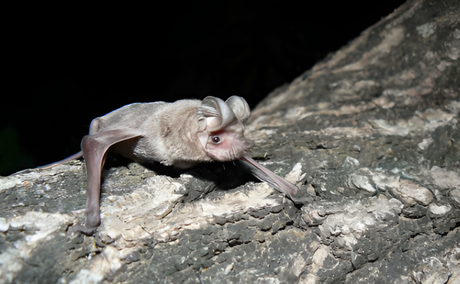
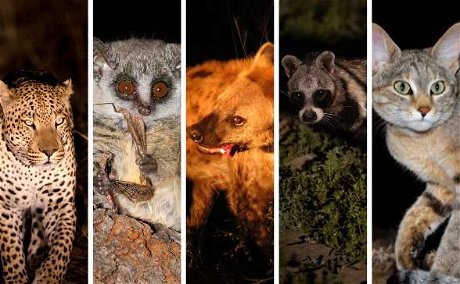
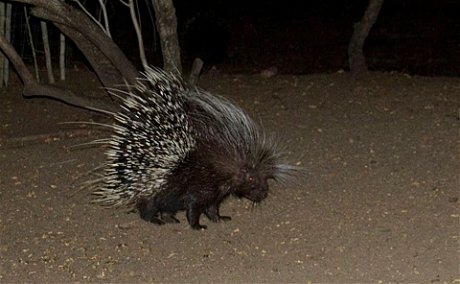
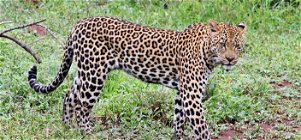
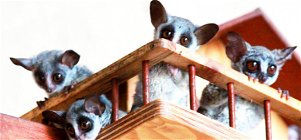
Share This Post